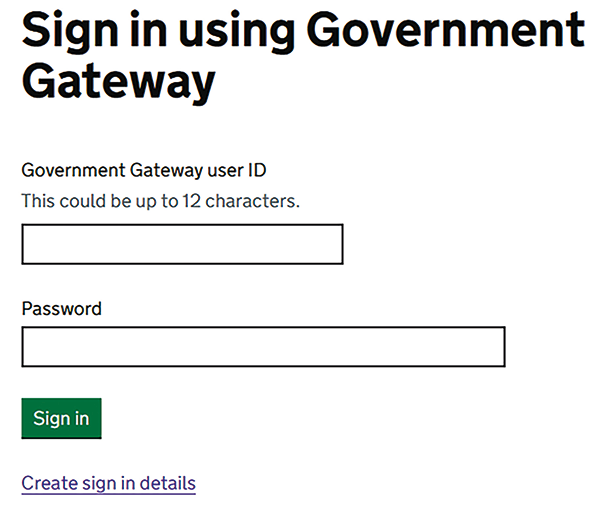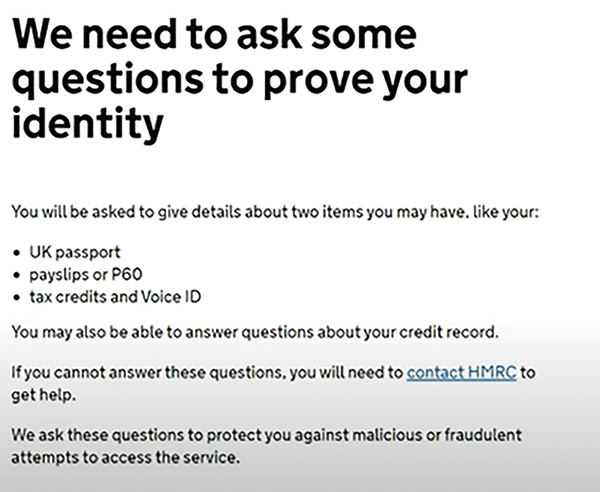The real-life impact of tax can be frustrating

Dealing with HMRC and the real life impact of tax can be challenging and frustrating for those who do not share our level of expertise. It is time to make tax more accessible.
Key Points
Key Points
What is the issue?
Everyone working in tax policy needs to gain a much better understanding of its real-life impacts.
What does it mean for me?
A self-employed person may not have a sufficiently recent payslip or P60 to verify their identity. We should ask if the process of registering for a government gateway account can be simplified.
What can I take away?
We need to remove barriers to make it easy for taxpayers to comply, rather than coming up with too many obstacles.
Children add a great deal to any parent’s life – but this isn’t an article about parenting! It’s about how children help anyone working in tax policy to gain a much better understanding of real-life impacts.
One of my daughters is a chef, and you can imagine that the pandemic has not been easy for many in the hospitality sector. The result was that she became self-employed – and therefore needed to notify HMRC and file a tax return.
The trials of registration
This should be easy – but the point of this article is to explain that it’s not. The first problem is that registration requires a government gateway account.
A quick search on ‘register for tax’ takes you to a page on www.gov.uk entitled ‘HMRC services: sign in or register’ (see bit.ly/3ADspD6). This specifies that an individual needs to register if they:
- want a personal tax account;
- are an individual who needs to send a Self Assessment tax return (for example, to report rental, investment or self-employment income); or
- have set up a limited company, or other organisation that needs to pay corporation tax.
The landing page doesn’t include a link to actual registration. Instead, there are at least four pages to read through before getting to the actual registration – and no doubt more if the intending taxpayer makes a wrong choice along the way. The key trick is to spot the link to something you don’t know you have – your ‘business tax account’.
Eventually, you arrive here, where the idea of creating sign-in details is given very little prominence.

A tangle of words
There’s no simple paragraph which says that an individual will need to register for a government gateway account if they don’t have one and then register for Self Assessment, whereupon HMRC will open a business tax account.
The language – Self Assessment, for example – isn’t designed to help chefs understand that this is the process for telling HMRC how much they’ve earned and paying income tax and national insurance. It only makes sense if you understand that since Victorian times the taxpayer made a return of income and the Inspector of Taxes then assessed the tax liability.
That position changed just before the millennium when (in theory) the tax authority required the individual to calculate their own tax, as well as supplying the information. In fact, of course, the Inland Revenue offered to do the calculations and today anyone using the HMRC website will find the calculations performed for them, whether they like it or not. Given there are many more chefs than tax specialists, perhaps our language should appeal to the larger group?
Further barriers
Moving on, registering for a government gateway account turns out to be very easy. The problem starts if you actually want to use it, when it is understandably necessary for the individual’s identity to go through verification.

A self-employed person may not have a sufficiently recent payslip or P60 – or even any at all. The P60 is for the last tax year (a P45 won’t do) and the payslip is not more than three months old. The credit record doesn’t sound like something a chef would have – and unfortunately HMRC does nothing to explain. In fact, most of us have some form of credit record if we have a bank account.
The chef of my acquaintance was convinced that she did not have a credit record and thus spent several weeks visiting the Post Office to register in person, using the In Branch Verification Service. This did let her into her HMRC account so that she could register for Self Assessment – and receive a letter with her UTR (unique tax reference) and a code a couple of weeks later. When the letter is received, the individual needs to log on again and enter the code in the letter – and finally they are allowed to tell HMRC about their income and pay the necessary tax.
When we were able to meet up, I was actually able to help the chef complete the government gateway identity check. The credit questions revolved around a time period when a bank account, credit card, phone contract or loan might have been taken out – by reference to less than a year; one to three years; three to five years; over five years; or not at all. It also required selecting a previous address from a list. Importantly, not having something was an acceptable answer. The value of the government gateway is that, unlike Verify, it is required by commercial software to file returns.
Should we not ask whether this could be simplified? Why does an individual need to register for Self Assessment, wait for a code and then enter it on the HMRC website? Does the code really serve any purpose? Could HMRC add some more identity sources to the government gateway process, such as a UK driving licence or council tax reference?
There’s a similarly annoying process for paying inheritance tax. You have to fill in a simple form (see bit.ly/3G0K0WD) which just asks for the deceased’s name, NI number, dates of birth and death, and whether probate will be sought. If you do this online, the HMRC system immediately sends you a reference number by email – but that’s not the one you need to pay inheritance tax. Instead, you need to wait for an entirely different number to arrive in the post, three weeks later.
Isn’t it time that HMRC asked chefs to help it write its tax pages? Even though the pages I’ve mentioned seem to be written in a general style, they are actually full of tax jargon and take too long to get to the point. We need to remove barriers to make it easy for taxpayers to comply, rather than coming up with too many obstacles. Fintech banks also have to manage an identity process, but they have learned how to do it in a much more user-friendly way. Our tax system needs to benefit from their example.


